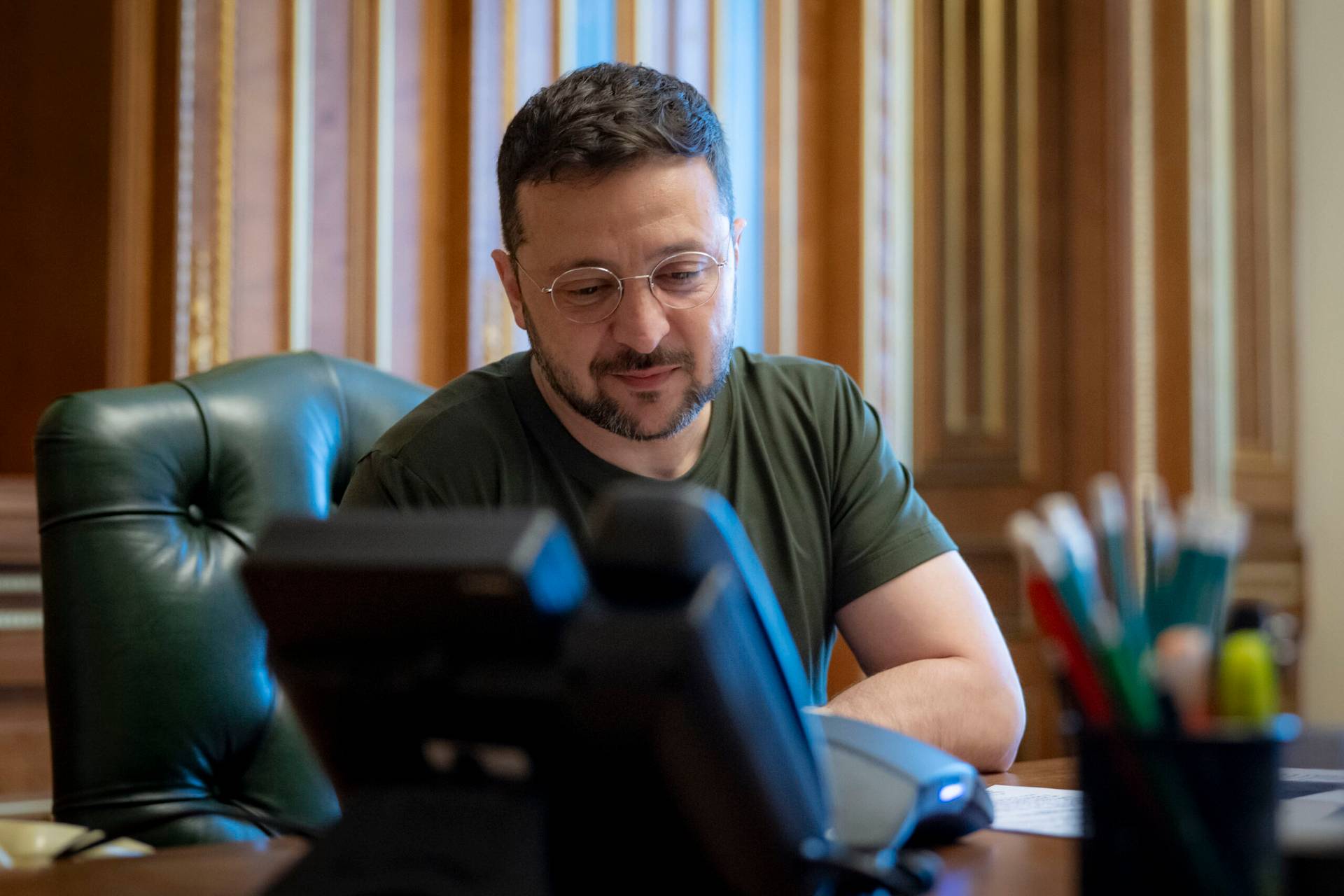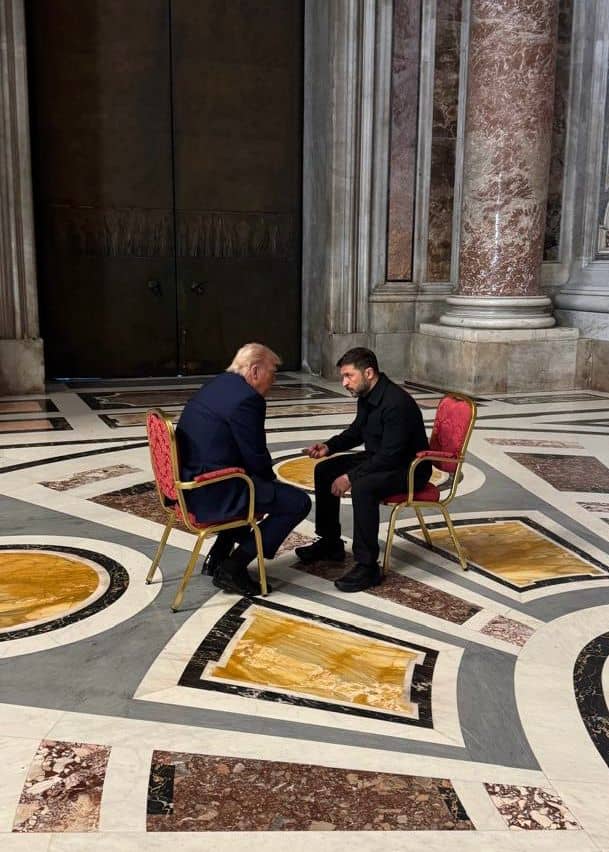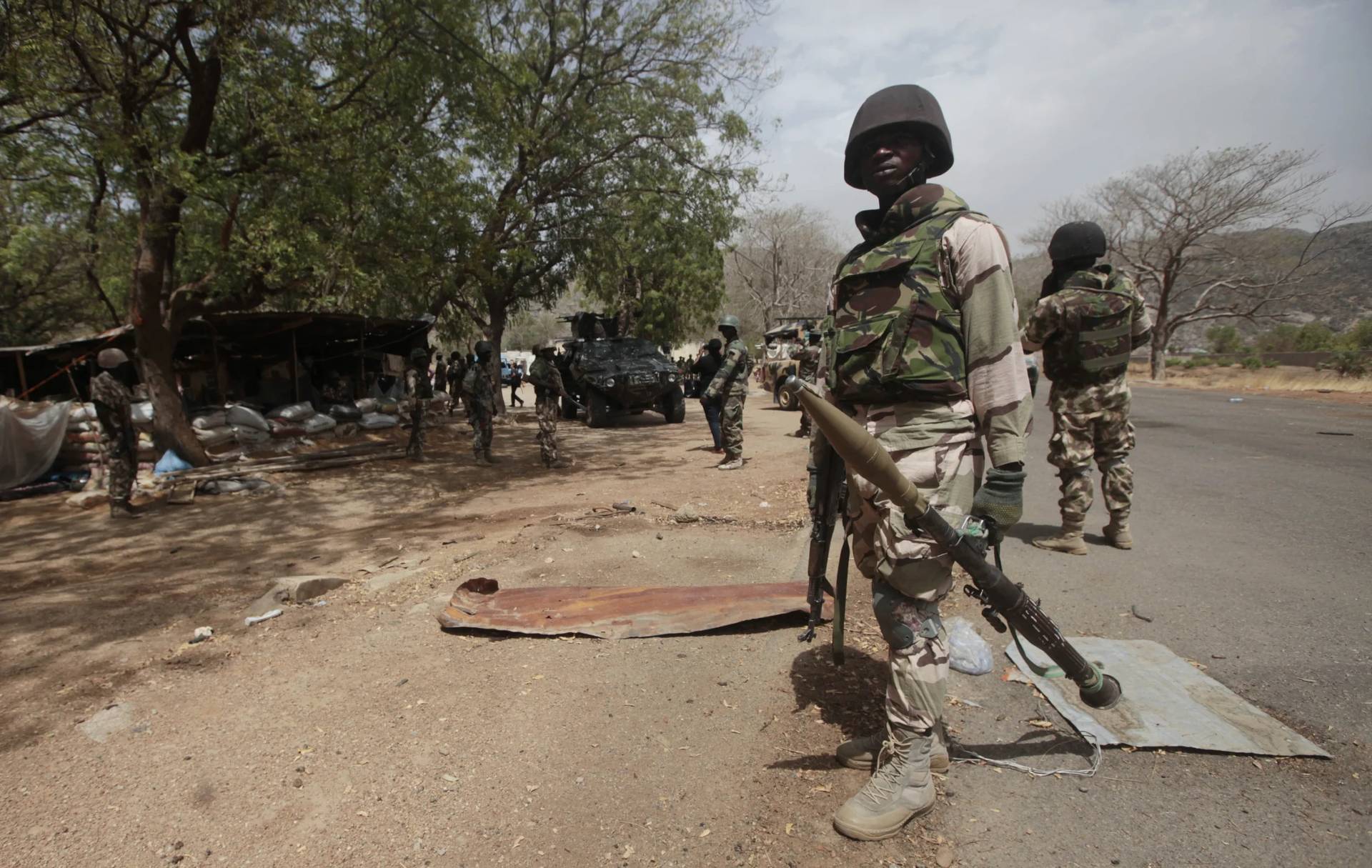ROME – After a tense exchange between the Italian government and the national bishops’ conference over the absence of a date to restart public Masses, some potential dates have emerged.
However, there are still lingering questions about just how unified the Vatican and the Italian bishops are in their strategy for handling the COVID-19 coronavirus pandemic, and the aftermath.
According to Italian newspaper Avvenire, the official newspaper for the Italian Bishops’ Conference (CEI), the gradual return to normal liturgical life could begin as soon as Monday, May 11, with the resumption of daily Masses.
Depending on whether there are signs of a second wave of contagion, public Sunday Masses could begin either May 18 or May 25, provided that the standard safety precaustions – wearing masks and gloves – and social distancing are met. Currently, May 25 seems to be the most realistic date on the table.
Marriages are currently permitted provided that, apart from the celebrant, only the spouses and their witnesses are present, with a small number of immediate family. There are no dates proposed yet for the resumption of other sacraments, such as baptisms, first communions and confirmations, all of which typically happen in May.
In a livestreamed press conference Sunday, Italian Prime Minister Giuseppe Conte green-lighted the resumption of funerals with no more than 15 people present observing proper safety measures.
However, despite weeks of negotiations and proposals from CEI for the gradual resumption of public liturgical life, Conte offered no dates for when religious celebrations could tentatively begin, prompting CEI to send a fiery note accusing Conte of “arbitrarily” excluding a date for Masses to begin and insisting that the Church has the responsibility to organize sacramental life “in the fullness of its own autonomy.”
Speaking to Italian newspaper La Stampa, Italian Cardinal Angelo Bagnasco, president of the Catholic Episcopal Conference of Europe and the former president of CEI, said there was an “unacceptable difference in treatment” between museums, which are set to open at the end of the month, and the Church.
Christians “have already endured the painful sacrifice” of not being able to bury their dead, he said, insisting that they deserve “greater attention” and that “if a violation of freedom of worship was desired, it would be very serious.”
Similarly, Bishop Giovanni D’Ercole of Ascoli Piceno, another heavyweight among the Italian bishops, issued a video message after Conte’s announcement in which he declared, “This is a dictatorship, to impede access to worship, which is one of our fundamental freedoms.”
RELATED: Italian bishops threaten break with government over Mass
The next day, during his daily morning Mass Monday, Pope Francis attempted to rein in rising resistance to Conte by calling for “prudence and obedience” to restrictions as the government tries to ensure there is no second wave to the outbreak.
RELATED: Pope’s call for ‘obedience’ on Mass restrictions both pastoral and political
Rumors in the Italian media say Conte called the pope’s residence Monday, possibly asking for support after CEI issued its statement.
Yet while the pope’s move was mostly certainly appreciated by the prime minister, some have accused Francis of “disavowing” the Italian bishops, while others have pondered whether the consistent back-peddling between the Vatican and CEI throughout the pandemic is due to the lack of a clear and unified strategy in dealing with the coronavirus.
In an interview with TV2000, the television station for the Italian bishops, CEI spokesman Father Ivan Maffeis said the bishops’ reaction to Conte’s was in no way an attempt to “cause a rift” with the government or the scientific committee advising political leaders, nor was it a bid to “make leaps forward” without further dialogue.
“Between us this whole time there has always been collaboration and dialogue,” he said, explaining that the strength of CEI’s statement afterward was more an expression of their “disappointment and “the bitterness in the fact of the fact that with the restart of activities considered rightly strategic for the life of the country, the possibility of returning to live in our churches in strict compliance with the rules was not recognized.”
Referring to the pope’s call to “prudence and obedience,” Maffeis said Francis’s words are “decisive and opportune,” and are the “figure we need to reconcile two needs that cannot be contrasted,” meaning the exercise of worship and public safety.
For CEI to take matters into its own hands without waiting for the government’s green-light would mean “trampling on the country’s efforts and suffering.”
Yet within Church circles, many are still perplexed as to Conte’s rationale.
Marco Tarquinio, the editor of Avvenire, called Conte’s decision to skip over religious celebrations “a short-sighted and unfair choice,” adding that sacrifices are both understood and accepted by people, but “injustices are not.”
Vincenzo Morgante, director of TV2000, stressed the importance of freedom of worship and noted that since the outbreak began, CEI has allocated hundreds of millions of euros to support hospitals and different healthcare facilities.
“It is the same Church which today, after having immediately followed rigorously and with many sacrifices the prescriptions of public authorities regarding health protection, asks to be able to return to celebrate Mass with the people by organizing, safely, without imprudence or superficiality, the life of their communities.”
Among the Italian secular press, the impression is not only that the pope stood the bishops down, but that the CEI and the Vatican are completely disorganized in their approach to the coronavirus.
It is likely most Catholics in Italy recall the day in mid-March when Cardinal Angelo De Donatis, the Vicar of Rome, announced the closure of all Roman churches. The next day during his morning Mass Pope Francis insisted that in dealing with the outbreak, “drastic measures aren’t always good,” resulting in De Donatis backtracking on that decision and reopening churches less than 24 hours later.
Francis has also often appeared to defend the government in his morning Masses, praying for authorities who are “often alone and not understood,” and who enforce measures “which the people don’t like, but it’s for our good.”
Several days ago, however, the pope cautioned that with Masses and other ministries now being livestreamed, the Church risked becoming “viralized” in the digital world. “This is not the Church” this is the Church in a difficult situation, which the Lord allows, but the idea of the Church is always with the people and the sacraments. Always,” he said.
After Francis’s apparent attempt Monday to quiet CEI’s criticism of the government, it is unclear if the Vatican and CEI have tried to coordinate their approach to the coronavirus and its aftermath, including the push to get back to Mass.
Follow Elise Ann Allen on Twitter: @eliseannallen


















